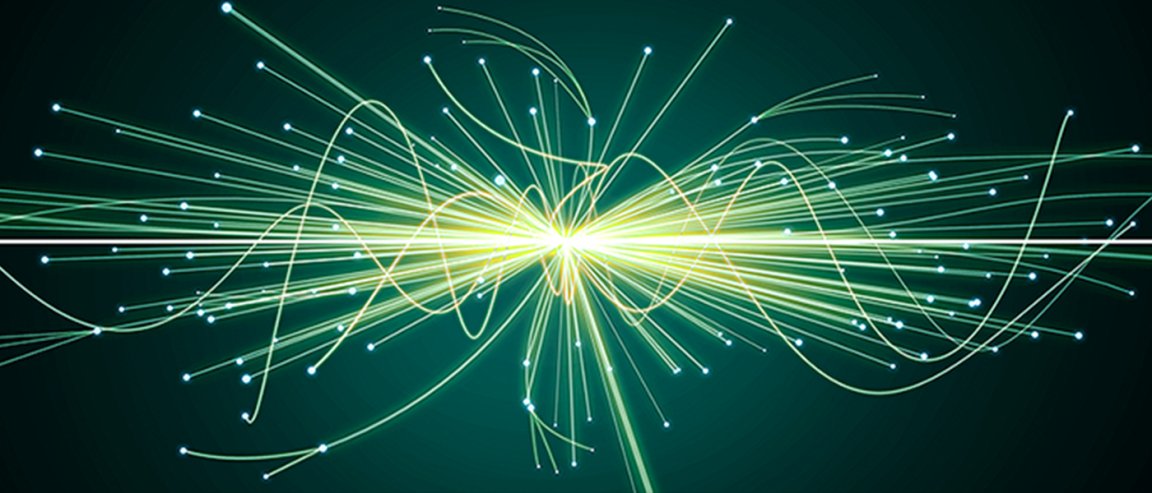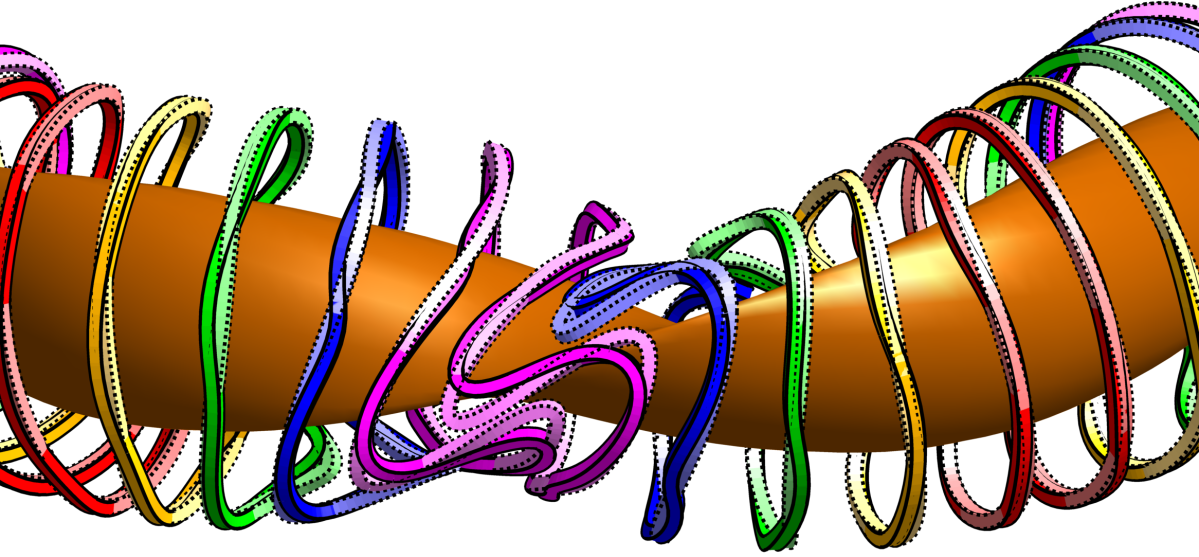
Authentically Renewable
Perhaps no other source can generate as much energy as nuclear fusion, the “holy grail” of energy research. Essentially the opposite of nuclear fission, a fusion reaction can provide about four times as much energy as that of fission — one fission event can yield as much as 200 MeV of energy, or about 3.2 ´ 10-11 watt-seconds. In addition to this massive amount of energy, nuclear fusion is also expected to produce very low carbon emissions.

Nuclear fusion, however, remains an extremely volatile reaction. Many scientists have been trying to find ways to control and replicate it in a more manageable setup, and the key to that is developing better nuclear reactors. These reactors need to be capable of stabilizing the extremely hot plasma that’s needed to keep the fusion reaction going.
Current fusion reactor technology relies on magnetic containment devices to manage plasma and sustain the fusion reaction. There are two popular models of these devices, the tokamak and the stellarator. Tokamaks confine plasma in a torus shape, with magnetic field lines moving around the plasma in a helical shape. Stellarators don’t have these ring-shaped currents. Instead, the magnetic cage is contained within a single coil system.
Improved Design
Stellarators are rare because they are expensive and require very careful planning before they can be built. One notable variable is coil shape, as many different shapes can generate the same magnetic field. In order to help determine which coil shape is best, University of Maryland physicist Matt Landreman introduced an important revision to the most common software tool used in designing stellarators, NESCOIL. He published this new method in the journal Nuclear Fusion.
“Instead of optimizing only the magnetic field shape, this new method considers the complexity of the coil shapes simultaneously. So there is a bit of a tradeoff,” Landreman explained. “It’s a bit like buying a car. You might want the cheapest car, but you also want the safest car. Both features can be at odds with each other, so you have to find a way to meet in the middle.”

Landerman calls his new method Regularized NESCOIL (REGCOIL), It can develop better stellarator coil designs on the first try by taking into account the coil spacing issue in most stellarator designs, as well as the shapes of the magnetic fields themselves. According to Landerman, modeling tests revealed that the designs made by REGCOIL confined hot plasma in a desirable shape that significantly increases the minimum distance between coils. Having extra space between the coils would mean easier access for repairs and additional room for sensors.
Such an innovation has the potential to bring down the cost of and time needed to build new stellarators, which brings the dream of practical nuclear fusion energy closer to reality. “This field is still in the basic research stage, and every new design is totally unique,” Landreman said. “With these incompatible features to balance, there will always be different points where you can decide to strike a compromise. The REGCOIL method allows engineers to examine and model many different points along this spectrum.”